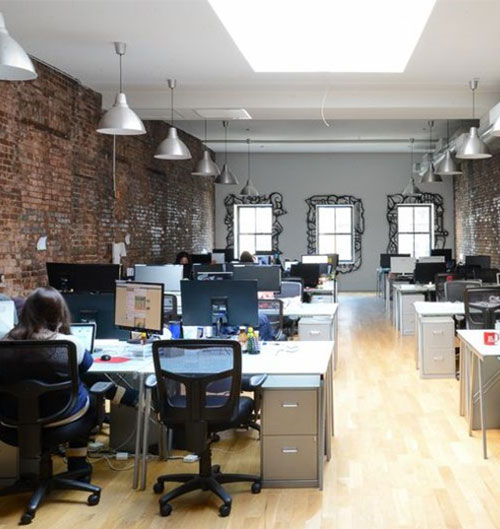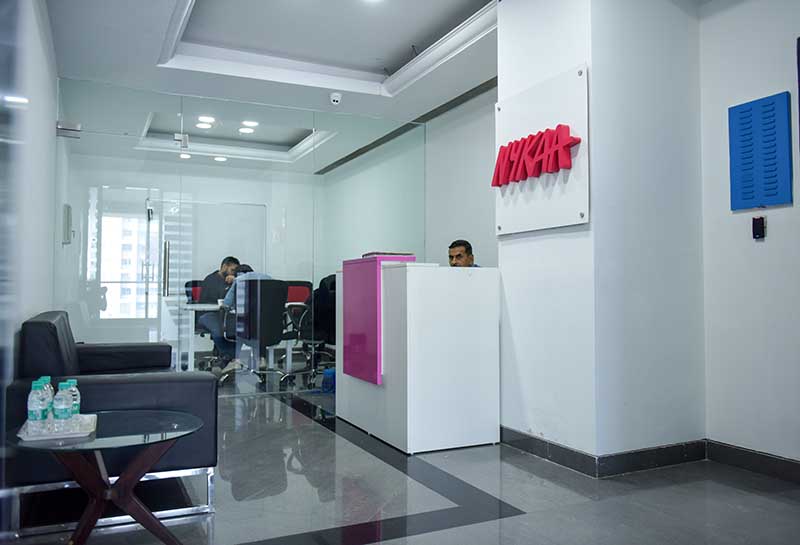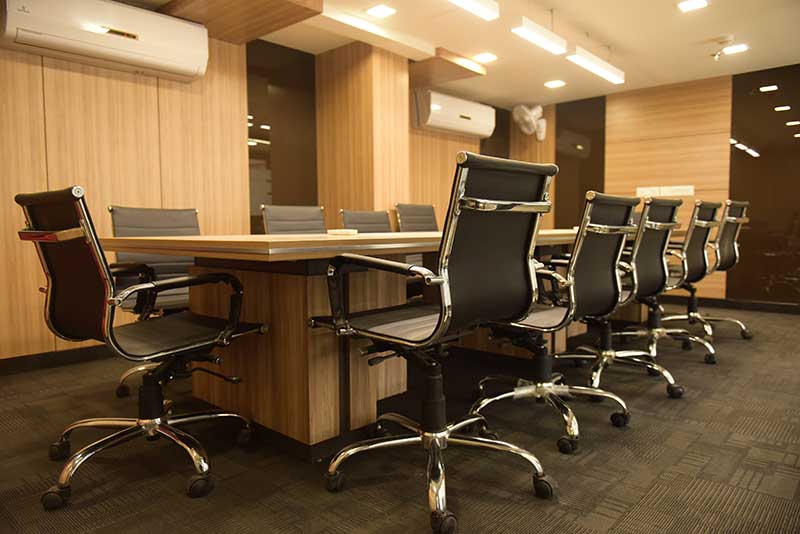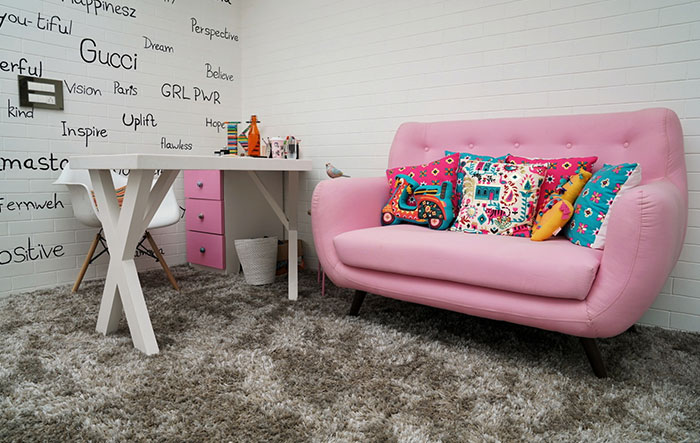1. Flexible and Dynamic Spaces
Dynamic office spaces are still hot, now that more and more companies are integrating flexible work areas in their office layout. Minimal restrictions are the distinguishing feature of this type of office design, where employees can suit themselves as to where or how they want to work.
In this office set-up, furniture can be moved or rearranged easily. This is very appealing for employees as they don’t have to be confined in traditional work stations. You could have office couches that can sit employees working on their laptops, as an example.
2. Biophilic Design
Biophilic pertains to the love of life and the living world (derived from the word “biophilia”), particularly elements commonly found in nature. The biophilic design thus uses nature as a backdrop where nature-inspired patterns, forms, and components make up the overall look and feel of your office.
This is especially helpful if you’re located in areas where access to nature is not readily available. A biophilic office design might include glass panels to let more natural light in; artificial or natural plants to bring out a sense of calm, focus, and energy; or natural colors and patterns to mimic the outside world and bring it into the office setting.
3. Technology Integration
No doubt, technology is a driving force that changes the way people and businesses operate. With a technologically enabled office setup, your employees can work smarter and faster, both of which are equally beneficial for your business.
As you integrate technology into your office design, make sure you include screens for presentations, video conferencing capabilities, wireless charging ports, smartboards, data sharing, and similar conveniences. The key is for you to use technology to help your employees address potential issues related to collaboration, communication, project management, and other critical business areas.
4. Home-Inspired Setup
The home-away-from-home concept is basically what this office design idea is all about. If you want your office to feel homey for your employees, infuse homely aspects into the workplace. Have a sleeping area, bar, lounge, TV or gaming room — you can be as quirky as you want!
Adding all the homey feels is meant to create a work environment that combines a good balance of comfort and functionality. It will be an unconventional workplace your employees would love to go to every day.
5. Innovative Areas
This office design will be welcomed by millennials who make up a large number of the current workforce. As a group, millennials share the propensity for an out-of-the-box work setup that could go from a living room type of space for collaboration to a casual meeting room with bean bags propped on the floor or a meditation room where employees can retreat when too much office stuff bogs them down.
It’s equally important for millennials to be able to form social circles within the office, and having more open spaces makes it easy to bring everyone together either for friendly or professional interactions.
6. Collaborative Meeting Spaces
Collaborative spaces are yet another office design driven by millennials. Millennial employees tend to move away from their desks and prefer to converge in communal areas for brainstorming sessions or for less formal meetings. They prefer an office design that encourages collaboration, learning and strong culture.
Meeting spaces also no longer need to be encased in glass doors as it’s important for office areas to be convertible (e.g. a meeting room to breakout or quiet nooks) enabling offices to make good use of space.
7. Privacy-Friendly Workstations
Despite the popularity of open spaces and flexible layouts, there’s still a compelling reason not to drop private spaces in offices altogether. If you should enclose some part of your floor plan, you could do away with traditional dividers or booths and instead go for more semi-enclosed settings that still let your employees work with as little distraction as possible.
You could even greenify your office through stand-alone, makeshift green walls that work just like regular dividers too, but with a more ecological and fluid touch to it.
8. Branded Workplace
This design concept is based on the idea that companies have a story to tell, and the way you construct your building or facilities can help you share that story to inspire your employees or the community. Your office architecture could be representative of your company’s humble beginnings or core principles – expressed in the fabric of your office furnishings, color palettes, imagery, and other design elements used in your work environment.








